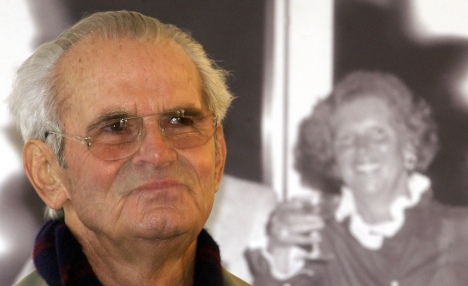Beisheim was one of the country’s wealthiest people, owning at his death on Monday, ten percent of the group he founded.
Yet his fortune could not save him from illness and he committed suicide at his home near Frankfurt, a spokesman for the Otto-Beisheim Group confirmed.
“He was suffering from an incurable disease and departed this life due to the hopelessness of his health situation,” she said.
Born in 1924, he served as a private in a Waffen-SS division during World War II, and then trained to work in the leather industry, but then moved into retail. Working with partners the Haniel and Schmidt-Ruthenbeck families, he brought the concept of cash-and-carry wholesaling to Germany.
The idea was quickly spread after he set up his first such shop in Mülheim an der Ruhr in western Germany in 1964.
He exported the idea first in Europe, then worldwide, establishing the “Cash and Carry,” “Media Markt” and “Real” chains in countries from China to France.
“Otto Beisheim was a pioneer and a legend in the German and international retail world … with innovation, courage and ambition, he founded one of the world’s leading retail firms,” Metro said in a statement.
He also established the Beisheim Centre in the centre of Berlin which includes the Ritz Carlton and Marriott hotels near Potsdamer Platz at a cost of more than €450 million – which he named after his late wife Inge. The couple did not have children.
Through his charitable foundation, he supported schools and set up sports clubs and play areas for children.
He moved to Switzerland, becoming a Swiss citizen in 1988 and has left his entire fortune to be split between youth and sport foundations in Germany and Switzerland.
The Local/DAPD/hc



 Please whitelist us to continue reading.
Please whitelist us to continue reading.
Member comments